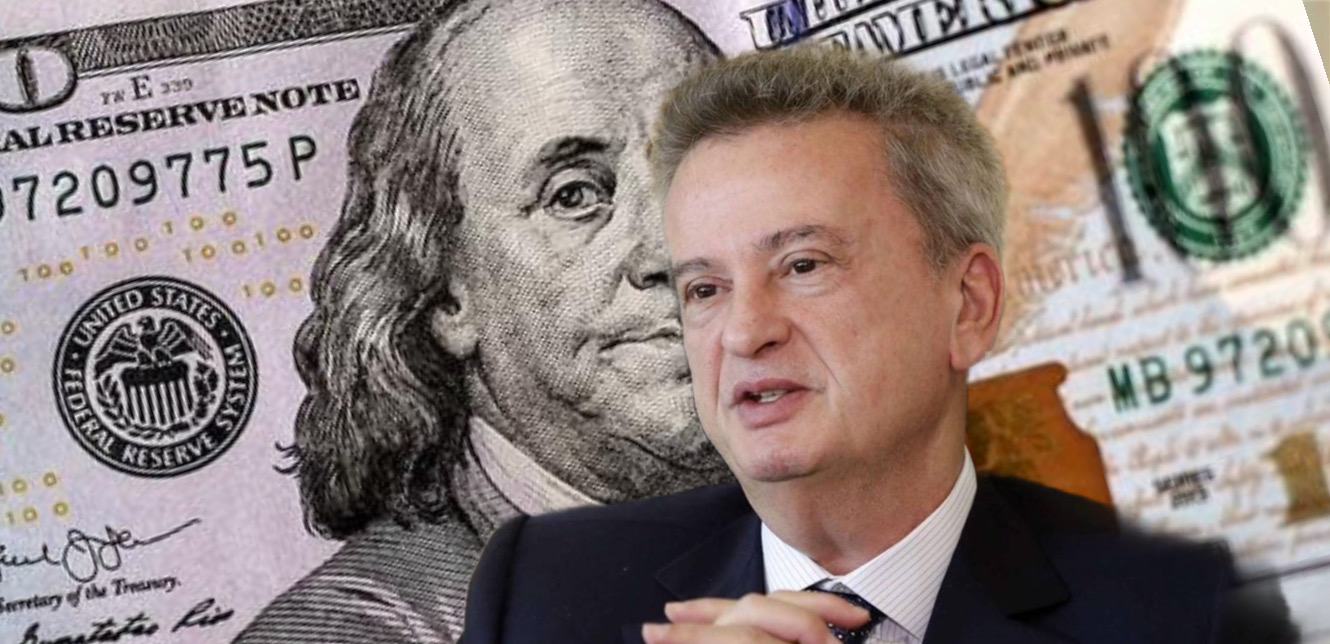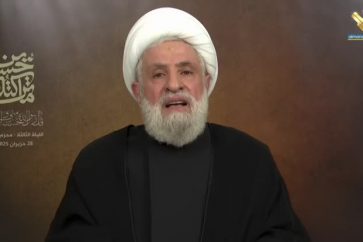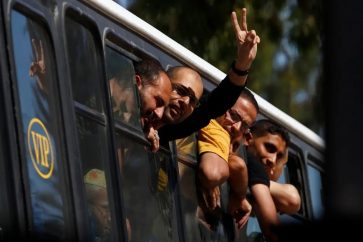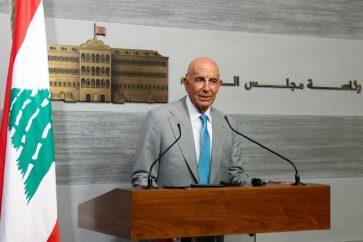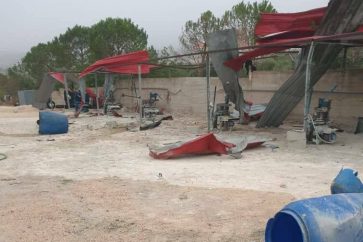The US dollar exchange rate continued to drop on Tuesday, as the Central Bank’s move to stop purchasing foreign currency through its Sayrafa platform took effect and started to become clearer.
Central Bank Governor Riad Salameh announced in a statement, on Sunday, that the BDL (Banque Du Liban) would stop buying dollars on the Sayrafa platform and would exclusively sell dollars starting on October 25 (Tuesday) until further notice.
The move raised many questions, with the exchange rate of the dollar plunging from 40,500 to 36,000 LBP in the black market on Sunday afternoon just two hours after Salameh’s statement.
On Tuesday, the exchange rate of USD continued to drop, reaching 34,600 LBP, local media reported.
Behind BDL Statement
Commenting on Sunday’s move, Lebanese journalist Hasan Illaik said this is the third time that Salameh makes such interference to support the national currency.
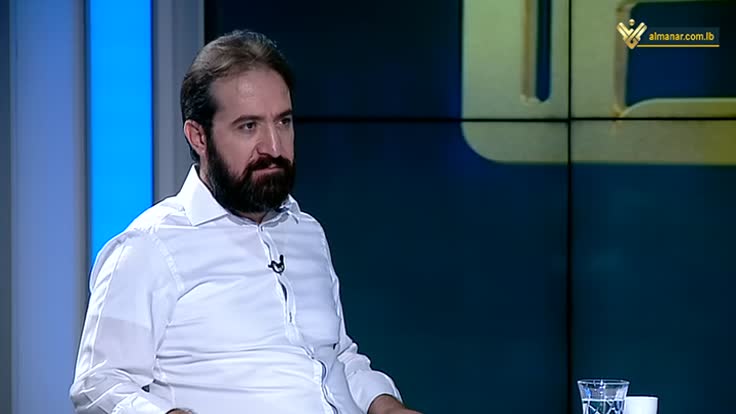
However, the move itself is “suspicious,” the journalist stressed in an interview with Al-Manar’s Panorama Today.
The move is requested by Salameh’s “foreign and local backers who want to avoid the social explosion” caused by the tough financial crisis, Illaik told Panorama Today’s Manar Sabbagh.
He lashed out at the BDL governor, stressing that he is “the one who determines the price of the exchange rate.
“All what happens in the market serves the interest of the first exchanger. It is an insult to the Lebanese people that Salameh is still in his post. He is wanted by several countries over corruption charges.”
Riad Salameh First Purchaser of Dollar
Illaik stressed that Salameh controls the market in Lebanon as he is the first purchaser of dollar and the one who has the final say with the exchangers.
“The first purchaser of foreign currency in Lebanon is the Central Bank. In the second place come the oil companies in the country, followed by businessmen and other dealers who always convert their profits from Lira into dollar,” the journalist said.

He affirmed that the BDL governor can pull the exchange rate o the US dollar lower, but he does so only when the move serves the interests of the “alliance that he belongs to.”
“Riad Salameh can pull dollar exchange rate lower to 25,000. However, at what cost? And who is benefiting and earning money. In economy there are no profits that disappear. Alongside every loss there is a profit on the other side.”
“He can pull the exchange rate lower, but at a high cost and not for along time. Now he has $418 million which he considers an excess to what he calls the reserves, estimated at $10 million.”
Electricite Du Liban
Illaik revealed that the Central Bank will convene on Wednesday to discuss granting a $200 million worth advance payment to Electricite Du Liban (Electricity of Lebanon) in order to enable the public institution to buy fuel and secure ten hours of daily power supply.
This step, he noted, is aimed at giving pretext to raise the electricity fees and refund institution, Ollaik added, noting that the Central Bank will provide Electricity of Lebanon with dollars.
“Raising hours of daily power supply means that the demand on diesel will drop, and consequently the demand on dollar to import diesel will drop, making the pace of surge in exchange rate slow.”
End of President Aoun’s Term
Illaik pointed to the timing of all these so-called “salvation” measures by the Central Bank, saying that they coincide with the end of President Michel Aoun’s term.
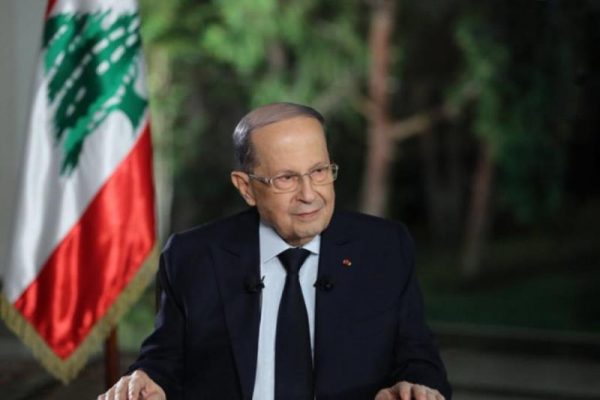
“Michel Aoun is not an ordinary president. He destroyed dreams of many who are backed by the US and Saudi Arabia, as he bolstered Lebanon’s sovereignty throughout his term.”
Asked about the duration of recovery, Ollaik said: “If we are on the right track we need between five to ten years to reach recovery. And in our case, what if we haven’t even started to work on a recovery plan? Some may say that such remarks are frustrating, but unfortunately this is the reality.”
Source: Al-Manar English Website

